Honda Civic Brake Bleed Gravity Feed Resovior
How to Bleed a Clutch


A clutch master cylinder contains a reservoir with brake fluid. It is connected to the clutch slave cylinder through hoses. When you push the clutch pedal, brake fluid flows from the clutch master cylinder to the slave cylinder, applying the pressure necessary to move (engage) the clutch and this in turn changes the gears on your manual transmission.
A hydraulic clutch system offers greater ease and comfort while pressing the clutch pedal to change gears than opposed to a cable activated system. Most hydraulic clutch systems have their own dedicated master cylinder; however, some vehicles use one master cylinder for both the brake system and the clutch system.
Any time you open the hydraulic system you will need to bleed it to remove air pockets. Air pockets prevent the hydraulic system from functioning properly. You may need to bleed the slave cylinder as part of routine maintenance procedures, such as replacing vehicle fluids or because you need to replace the slave cylinder. For the remainder of this article, we will assume that the hydraulic clutch system has its own dedicated master cylinder.
Use the following steps to locate the slave cylinder and open the bleeder valve. Here is how to bleed a clutch slave cylinder:
How to bleed a clutch
-
Gather the correct materials - Brake bleeder wrench or line wrench - 8mm or 10mm are the most common sizes, Brake fluid - DOT (Department of Transportation) 3 or higher ( refer to owner's manual for correct type of fluid), Clear aquarium tubing - one to two feet, Drain pan, Empty water bottle, Floor jack, Friend/helper (to assist in manual bleeding), Gloves, Hand operated vacuum bleeder (Optional), Rags or paper towels for cleanup, Safety glasses, Safety jack stand x 2, Suction tool or a large turkey baster
-
Locate the brake master cylinder - Open the hood and locate the brake master cylinder on the driver's side of the vehicle, close to the firewall.
Tip: If you are performing routine maintenance, begin by opening the cover to the master cylinder reservoir and use a turkey baster to suck out the old brake fluid before replacing first and then replace it with fresh fluid.
-
Fill the clutch master cylinder - Check your owner's manual to find the brake fluid specific to your vehicle. Pour the fluid into the clutch master cylinder.
-
Locate the slave cylinder - On most vehicles, it will be bolted externally on the transmission. In others the slave cylinder is inside the transmission but the bleeding valve can be easily accessed on the outside. The quickest way to locate the slave cylinder is to follow the hydraulic line from the clutch master cylinder.
-
Verify the location of the bleeding valve or bleed nipple - In some situations, it may be necessary to use a floor jack and safety jack stands to lift off the ground and secure it in order to gain access to the slave cylinder.
-
Bleed the slave cylinder - Use gravity to bleed the slave cylinder.
-
Open the bleeder valve - Use a line wrench to open the bleeder valve to the slave cylinder. Place a drain pan under the slave cylinder to catch the brake fluid.
-
Bleed the brake fluid - Leave the bleeder open and allow gravity to bleed the slave cylinder for one to three minutes.
Warning: While gravity bleeding, keep an eye on the brake fluid level in the master cylinder. It is important to prevent the brake fluid from becoming too low as it will cause air to be sucked back into the system.
Tip: You can use your line wrench and tap on the slave cylinder to move any more air pockets that may be trapped inside.
-
Attach tubing to the bleeder nipple - Close the bleeder valve on the slave cylinder and attach a piece of aquarium tubing to the bleeder nipple. Place the other end in an empty water bottle and top off the master cylinder with brake fluid.
-
Pump the clutch pedal - If you have a friend with you, have them get in the driver's seat and pump the clutch pedal 10 to 15 times to build pressure. Then have them press and hold the clutch pedal completely down.
-
Test the bleeder - While the clutch pedal is held to the floor, use your line wrench and open the bleeder. Observe the air bubbles and brake fluid exiting the slave cylinder. When the flow of brake fluid stops, close the bleeder and have your helper release the clutch pedal.
-
Repeat steps as needed - Repeat steps 4 and 5 until only the brake fluid comes out of the bleeder on the slave cylinder.
Warning: Never release the clutch pedal with the bleeder valve open. Doing so will suck air into the system.
Tip: While starting to bleed the clutch, it is common for the clutch pedal to stay against the floor even when released. Do not panic, but use your foot or reach down and pop it back up and continue with the bleeding process. As more air is bled out and hydraulic pressure builds, the clutch pedal will come up on its own.
Warning: While bleeding the slave cylinder, never let the fluid level in the clutch master cylinder get too low or you will suck air into the hydraulic system and the process will have to be started over.
Use a hand-operated vacuum pump to bleed a clutch
-
Open the bleeder valve - Use a line wrench to open the bleeder valve to the slave cylinder.
-
Attach the vacuum pump - If you do not have a friend handy, or if you choose to use a hand operated vacuum pump, attach the vacuum pump to the slave cylinder.
Tip: Refer to the vacuum pump manual to find out how to set up and operate your particular vacuum pump.
-
Remove air bubbles from the slave cylinder - Open the bleeder valve and use the vacuum pump to suck the air bubbles from the slave cylinder. Remember to keep an eye on the fluid level while you are doing this.
-
Close the bleeder valve - Once you see a steady stream of brake fluid without air bubbles, you can close the bleeder valve.
-
Test the clutch - After the slave cylinder has been bled, start the vehicle and test the clutch for proper function and operation.
Tip: If you raised the vehicle off the ground for the bleeding process, use a floor jack to remove the safety jack stands and lower the vehicle to the ground before you test the clutch. If you feel a change in the way the clutch pedal feels when stepping on it, if the clutch pedal stays down, or if you find leaked brake fluid inside your car, you should have a mechanic inspect the clutch master cylinder and hose and replace them if needed. If air pockets are present in the fluid or hydraulic system, your vehicle's brake or clutch pedal will feel spongy and may need to be inspected by a certified mechanic.
Congratulations! You have successfully bled your slave cylinder by yourself. Performing routine maintenance processes like this will not only save you time and money, but also give you confidence and pride that you have been able to tackle this yourself.
If you feel a change in the way the clutch pedal feels when stepping on it, or if the clutch pedal stays down, or if you find leaked brake fluid inside your car, you should have a mechanic inspect the clutch master cylinder and replace it if needed. If air pockets are present in the fluid or hydraulic system, your vehicle's brake or clutch pedal will feel spongy and may need to be inspected by a certified mechanic.
The statements expressed above are only for informational purposes and should be independently verified. Please see our terms of service for more details
Need Help With Your Car?
Our certified mobile mechanics make house calls in over 2,000 U.S. cities. Fast, free online quotes for your car repair.
GET A QUOTE
Related articles
How to Dispose of Brake Fluid
Brake fluid is potentially toxic and always flammable. Safely dispose of brake fluid at home, a recycling center, or waste treatment facility.
Related questions
Shift lock button releases stuck gear, but re-sticks
Hello. It sounds like you may just have a bad brake switch (https://www.yourmechanic.com/article/symptoms-of-a-bad-or-failing-brake-light-switch) on the brake pedal. Both the brake lights and the shift lock use this switch. I usually remove the switch and test it with an ohm meter,...
Brakes locking up
You need to recheck the brake light switch (https://www.yourmechanic.com/services/brake-light-switch-replacement) installation. If it is adjusted incorrectly it could partly hold the brakes engaged and would lock up the brakes or keep them partly engaged. The light switch should not be bottomed...
Front Tires getting hot & theres a burnt smell
Hello. Most of the time if you have a caliper or two that are hanging up it is because of a bad master cylinder (https://www.yourmechanic.com/services/brake-master-cylinder-replacement). The seals in the master cylinder bind and keep the master cylinder from releasing. Most...
Browse other content
Source: https://www.yourmechanic.com/article/how-to-bleed-a-slave-cylinder-by-rocco-lovetere
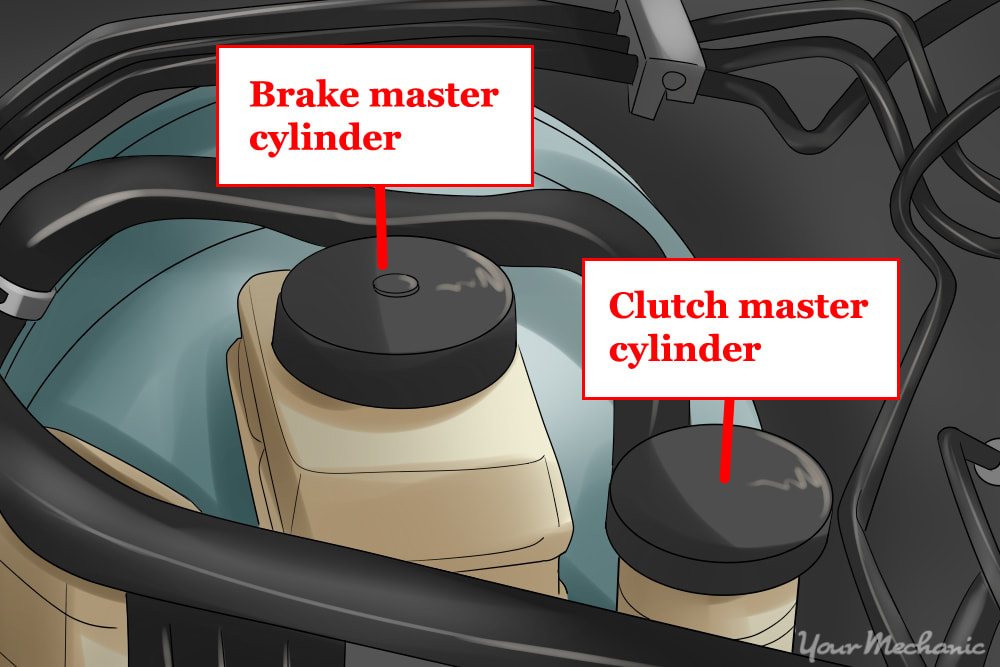
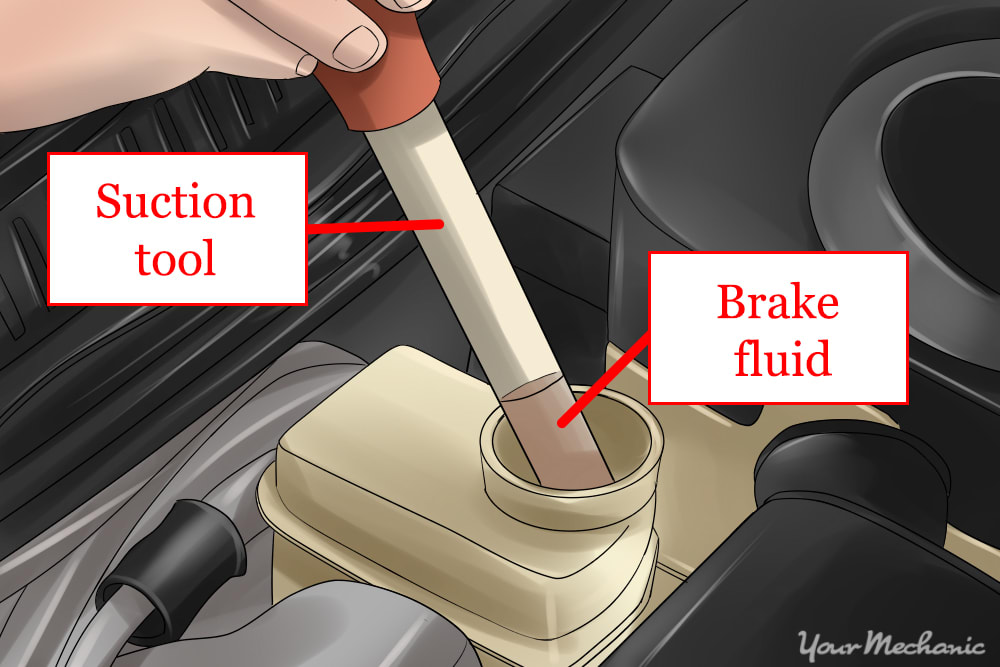
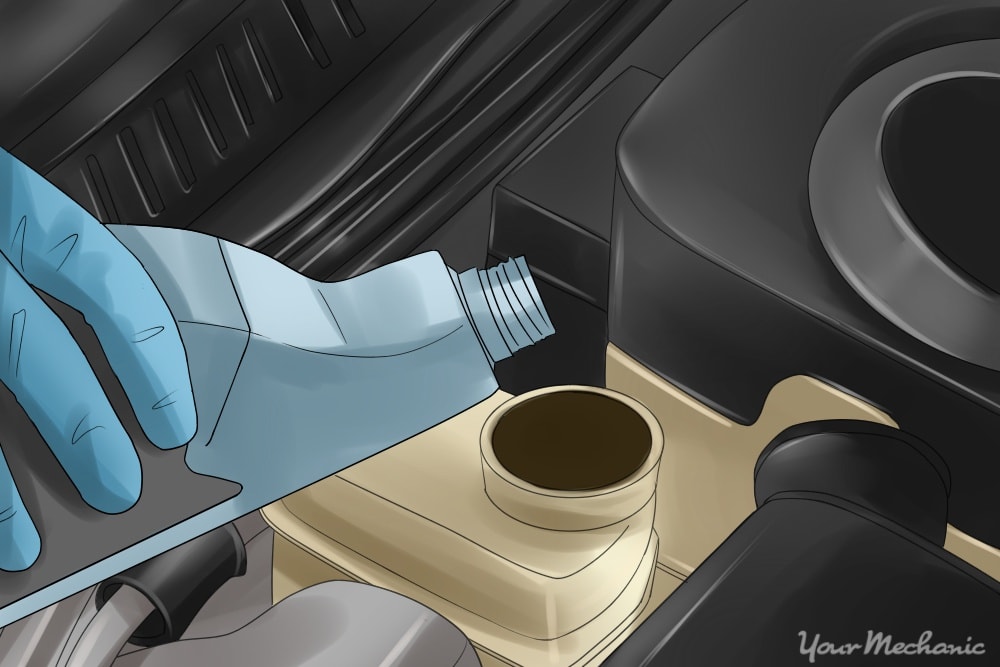
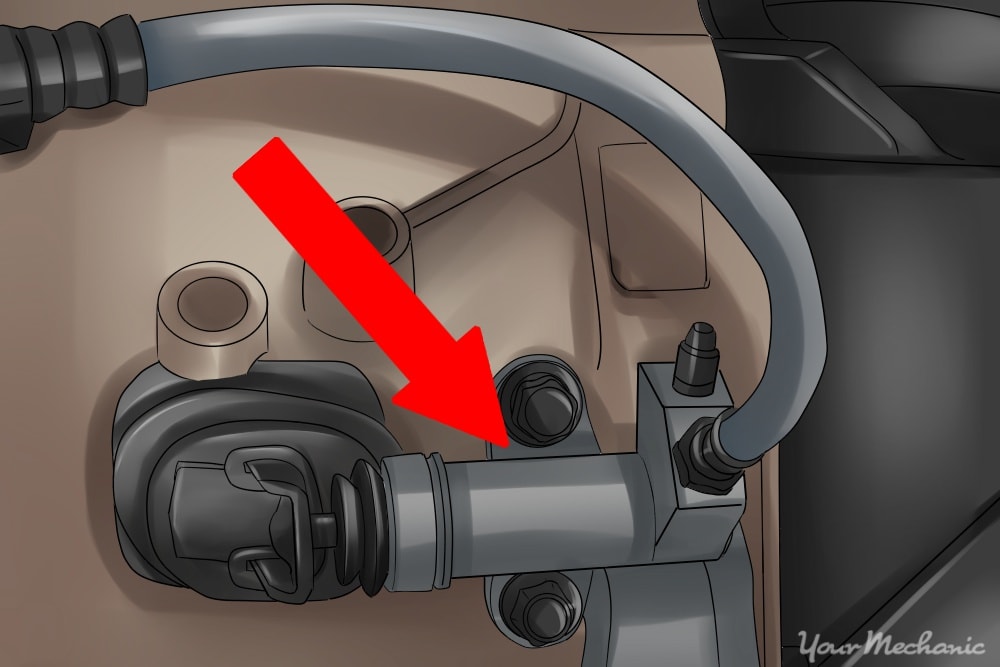
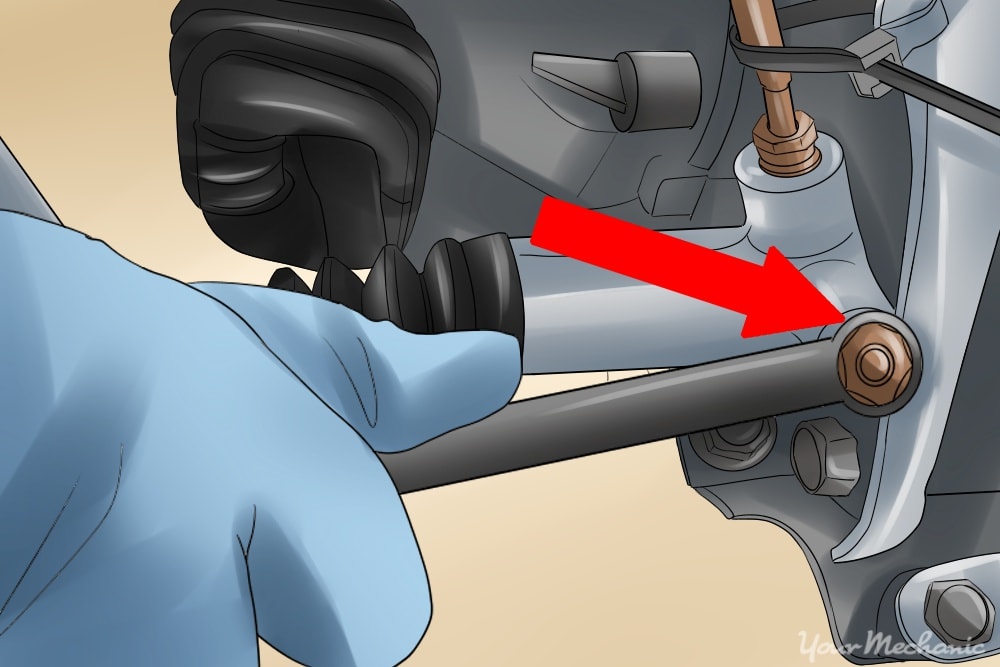
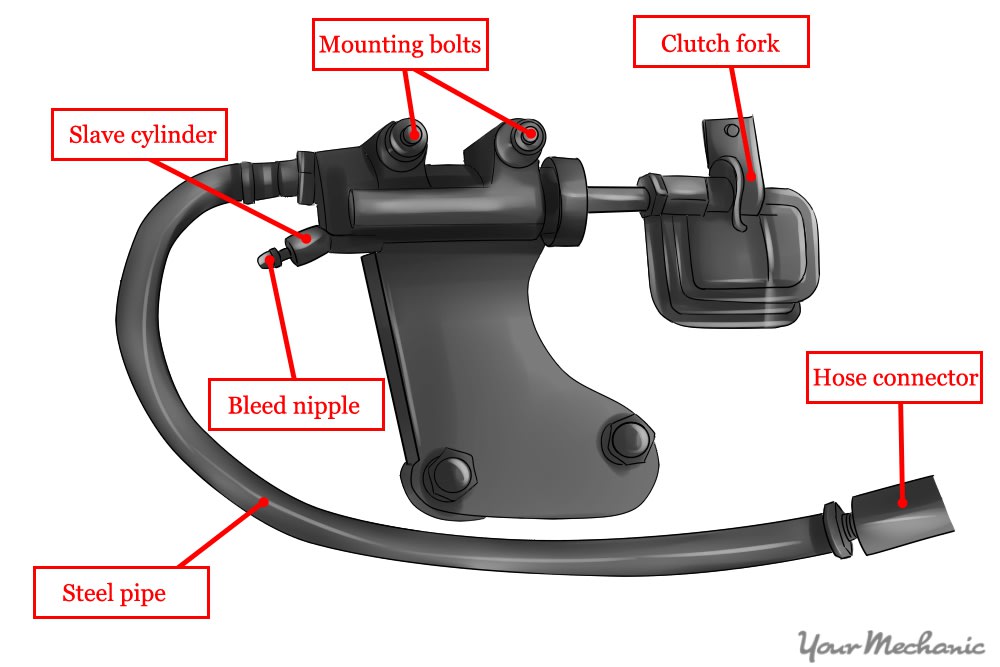
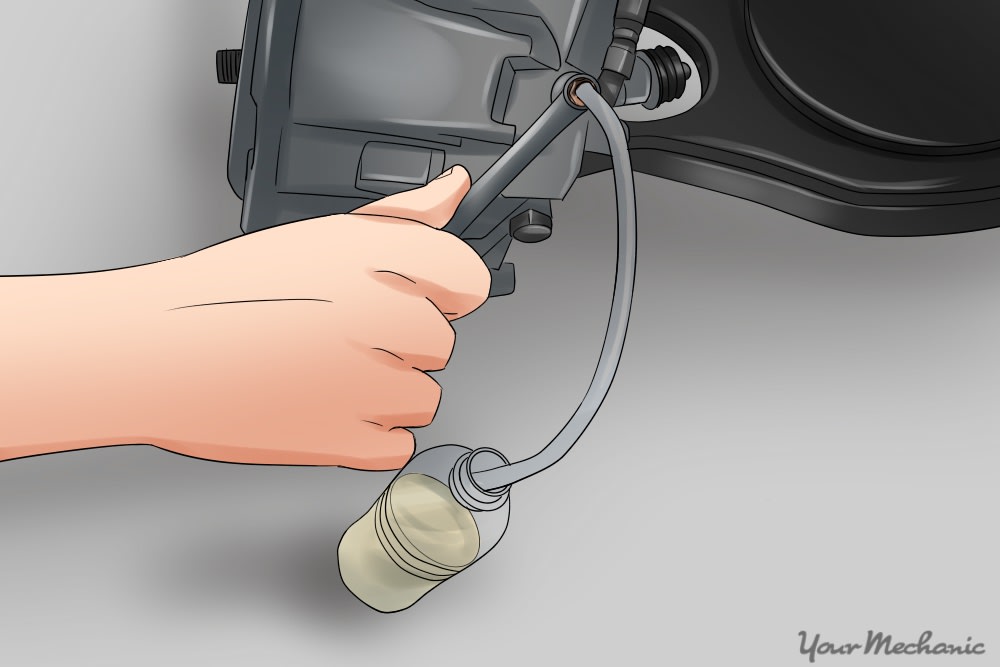
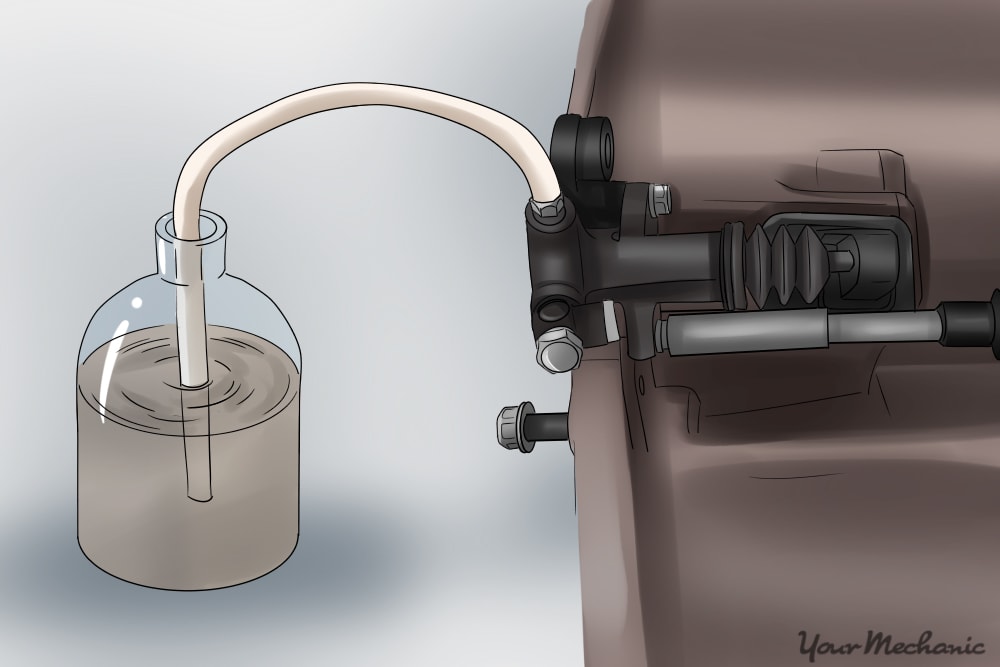
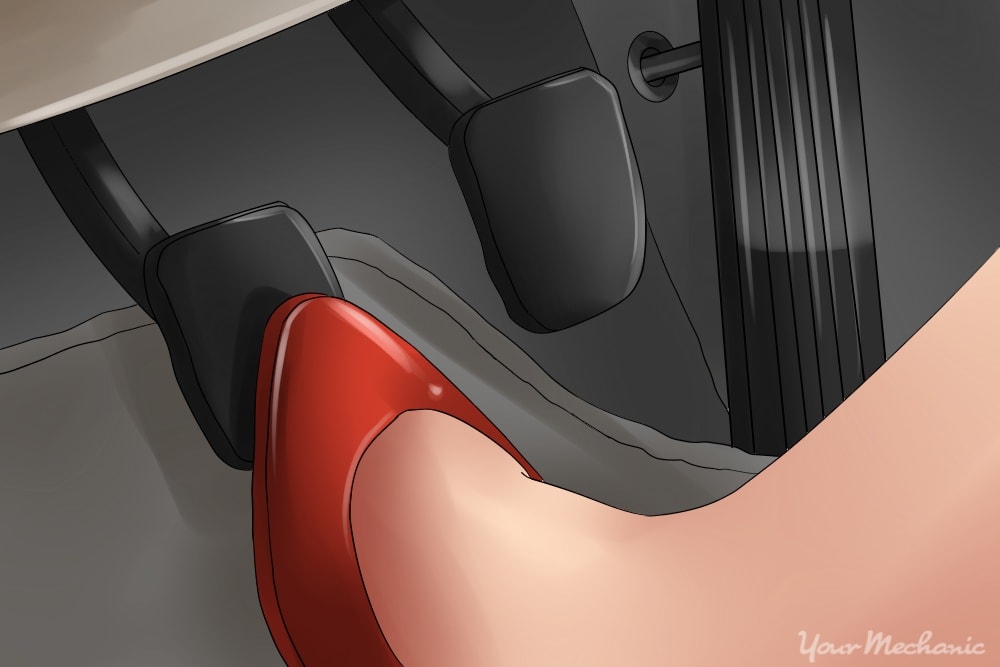
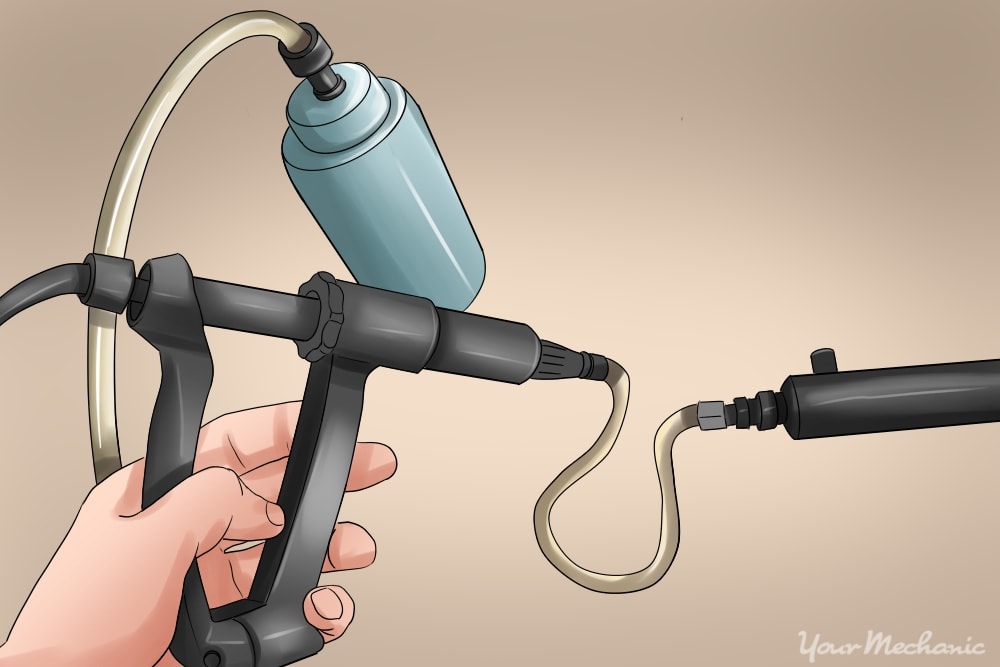
0 Response to "Honda Civic Brake Bleed Gravity Feed Resovior"
Postar um comentário